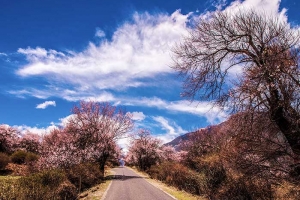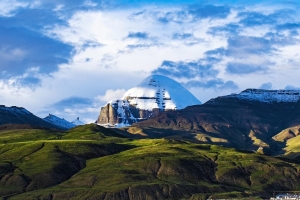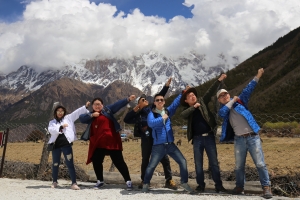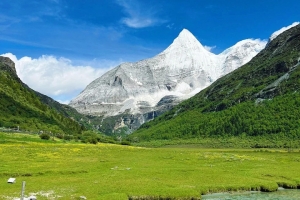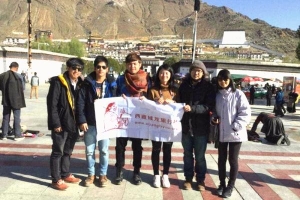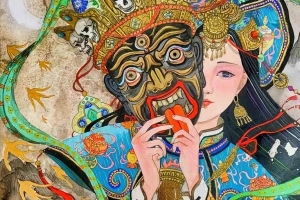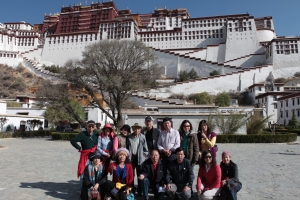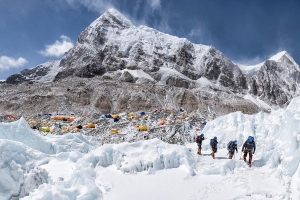Tibet is home to a diverse and resilient population whose unique cultural identity has been shaped by centuries of migration, adaptation, and spiritual devotion. The Tibetan people trace their origins to various nomadic tribes that once roamed the vast Central Asian steppes and the Chinese borderlands. Over time, these resilient groups migrated south and west, eventually settling in the fertile Tsangpo Valley—a region that would lay the foundation for a flourishing civilization. Today, the Tibetans stand apart from their Han Chinese neighbours in language, script, cuisine, temperament, and, most notably, religion. Their identity is a rich mosaic, influenced by the neighboring Himalayan cultures, the challenges of extreme mountain life, and a history marked by conflict and survival.
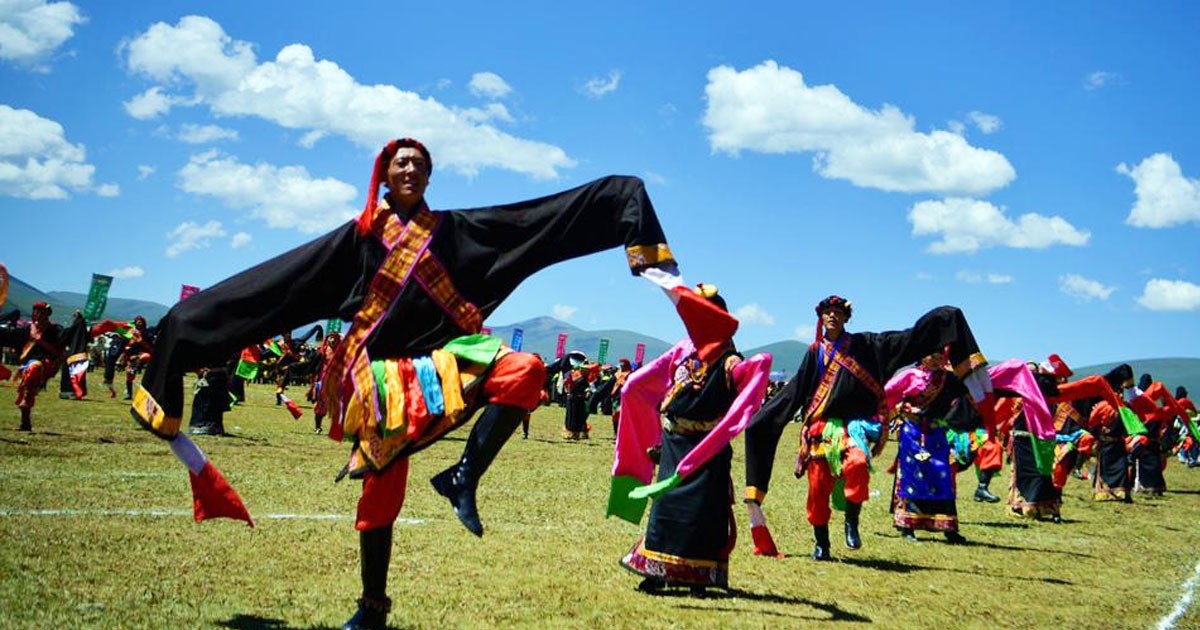
A Unique Culture Rooted in History and Environment
Unlike the Han Chinese, whose daily customs might feature green tea and rice-based dishes, Tibetan traditions are deeply intertwined with the rugged landscapes and historical hardships of the plateau. For instance, while most of China favors green tea, Tibetans often enjoy a cup of tea mixed with yak butter—a beverage that provides the necessary energy for life at high altitudes. Similarly, while rice is a staple in much of China, Tibetans primarily consume tsampa, which is roasted barley flour and serves as the backbone of their diet. Even in moments of revelry, when intoxication might prompt one to reach for a glass of rice wine, many Tibetans prefer the distinctive taste of barley beer.
The environmental demands of life in Tibet have fostered a unique way of living. With around a quarter of the population still leading a nomadic lifestyle, and the majority practicing agriculture with a mobility uncommon in other agrarian societies, the spirit of movement and adaptability is central to Tibetan culture. Historically, being a nomad carried a particular prestige compared to the farming life. Those tied to hereditary plots were often burdened by tax obligations that confined them to the land, whereas the nomadic groups enjoyed a freer, if more rugged, existence.
Buddhism: The Heart and Soul of Tibetan Life
Central to understanding the Tibetan way of life is their profound commitment to Buddhism. This spiritual tradition forms the foundation of their worldview and influences virtually every aspect of daily existence. Settled agriculture in the Tsangpo Valley created the conditions necessary for a rich Buddhist civilization to take root. Over time, the martial energies of a people with a history of conflict were gradually redirected into religious pursuits, creating a peaceful ethos that still characterizes modern Tibet.
Buddhism in Tibet is not a monolith; it is interwoven with remnants of the ancient Bon shamanistic faith, resulting in a distinctive blend of beliefs. Concepts such as the accumulation of merit, sending sons to join monastic orders, undertaking arduous pilgrimages, and fostering a deep reverence for nature all reflect the synthesis of Buddhist doctrine with traditional shamanistic practices. This multifaceted religious outlook has empowered the Tibetans, providing them not only a spiritual refuge but also a moral framework that guides their social and personal lives.
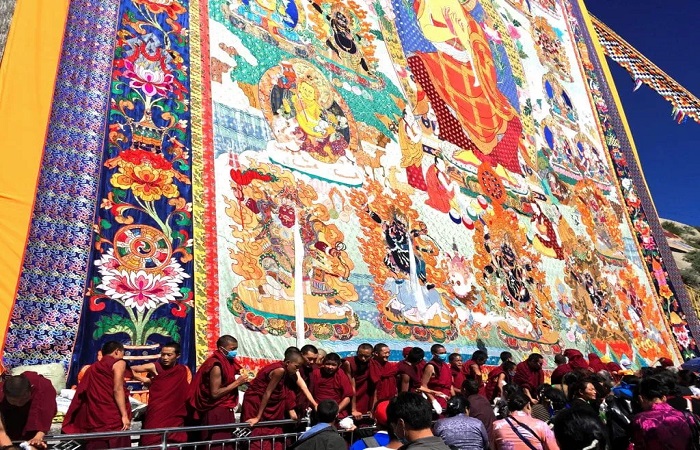
Society and Social Structures in Tibet
Tibetan society is traditionally divided into several distinct segments, each with its own role and status. Historically, three main groups have been recognized: the drokpa, who are the hardy nomads of the Tibetan plateau; the rongpa, the settled farmers who work the valleys; and the sangha, the collective of monks, nuns, and other religious communities. Despite leading very different lives, these groups are united by a deep-rooted faith in Buddhism, which permeates their cultural practices and daily interactions.
Resistance to change is another hallmark of Tibetan society. For much of its history, Tibet has maintained ancient social structures despite repeated external pressures. Until the early 20th century, traditional practices dominated every aspect of life, so much so that even the modern wheel was used primarily as a device for activating sacred mantras rather than for transportation or industrial purposes. In recent decades, while Tibet has undergone rapid transformation—much more in the past 50 years than in the previous 500—many of the enduring social and religious frameworks have persisted in spite of efforts at forced cultural reform.
The Warmth of Tibetan Hospitality
For travelers, one of the first things noticed about the Tibetan people is their infectious warmth and genuine hospitality. It is common to encounter a friendly smile and an invitation to join in communal activities regardless of cultural differences. Tibetans are known for being open-hearted, sincere, and tolerant—qualities that are especially admirable given the historical hardships and subtle undercurrents of anger and resentment that some might expect in a region marked by struggle.
This friendliness extends to every aspect of life in Tibet. Whether interacting with a herdsman on the high plains or a farmer in the fertile valleys, visitors quickly realize that Tibetans value both community and individual respect. Their easy-going nature often transcends language barriers, making cross-cultural communication remarkably smooth and pleasant.
Marriage, Social Customs, and Identity
Traditional Tibetan society has always had strict norms around marriage and social hierarchy. Marriages across different social ranks were rare, preserving the boundaries between noble families, religious leaders, and common folk. Although exceptions existed—where priests sometimes married among themselves or with commoners—the practice of intermarriage with lower castes or outcast groups remained highly unusual and continues to be rare. This rigidity in social structure has contributed to a strong sense of identity among Tibetans, reinforcing the distinctiveness of their culture over time.
Furthermore, the notion of Tibetan identity is not merely historical; it is continuously reinforced through everyday practices and community life. The deep-seated connection to Buddhist traditions, combined with a historical resistance to outside influences, has cultivated a unique identity that is both enduring and dynamic. This is particularly evident in the way young Tibetans, while embracing modern conveniences like pop music, mobile technology, and the internet, still manage to retain a strong connection to their cultural roots. In urban centers like Lhasa, it is not uncommon to see young people visiting ancient monasteries, wearing traditional dress on special occasions, and embarking on pilgrimages to sacred sites.
Physical Adaptations and the High-Altitude Life
One of the most remarkable facets of Tibetan life is their incredible genetic adaptation to high altitudes. Recent DNA research has shown that Tibetans have evolved over the past 3,000 years to thrive in an environment where oxygen levels are significantly lower than at sea level. This rapid genetic change, considered among the fastest ever observed in humans, explains why a Tibetan guide can effortlessly traverse a 4,500-meter hill while many others struggle to catch their breath in less than a minute. This biological adaptation is not only a testament to the resilience of the Tibetan people but also an integral part of what makes their culture so uniquely tuned to the challenges of mountain life.
The Modern Tibetan Experience
Today, Tibet is a juxtaposition of ancient tradition and modern influence. While much of the rural population still lives a nomadic or semi-nomadic lifestyle, the urban centers have seen a significant influx of modern technology and global cultural influences. In cities like Lhasa, many young Tibetans are as enamored with the latest trends—pop music, karaoke, and the internet—as their counterparts elsewhere in the world. Yet, even as they navigate the digital age, these young individuals maintain a pronounced sense of Tibetan identity. They continue to honor their ancestors by visiting monasteries, donning traditional attire during festivals, and upholding the values passed down through generations.
This blend of the old and the new is particularly striking. On one hand, you have centuries-old customs such as sending sons to monastic life and undertaking long, arduous pilgrimages; on the other, you witness the adoption of modern technology and popular culture that brings a cosmopolitan flair to Tibetan urban life. This generational divide is a natural evolution seen in many traditional societies, yet in Tibet it is balanced by a shared commitment to a collective heritage that binds all Tibetans together.
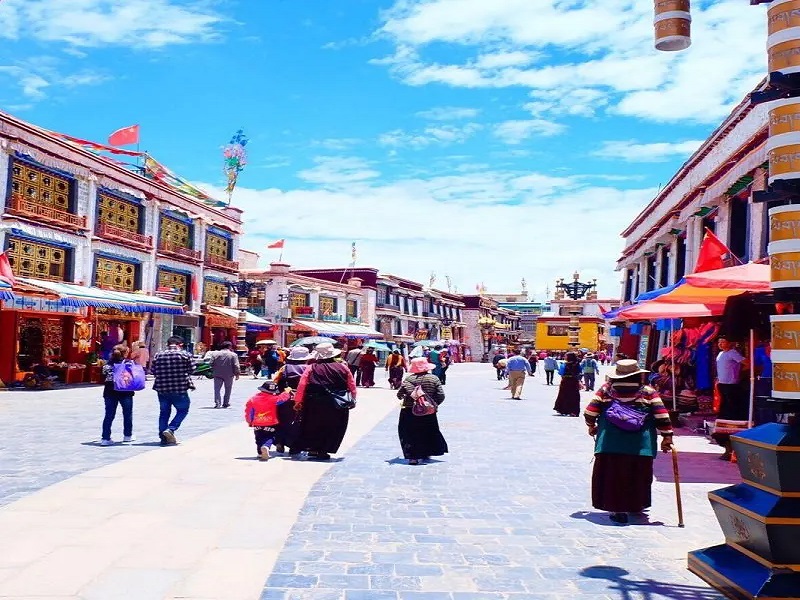
Conclusion
In summary, the people of Tibet are remarkable for their rich cultural heritage, profound religious devotion, and extraordinary ability to adapt both socially and physically to their harsh surroundings. From their origins as nomadic tribes on the Central Asian steppes to their modern existence as both farmers and urban dwellers, Tibetans have cultivated a unique way of life that is distinctly their own.
Their traditions—whether it is the spiritual practices rooted in Buddhism and Bon, the strict social hierarchies, or the genetic adaptations that allow them to thrive at high altitudes—contribute to an enduring and evolving cultural identity. For visitors, encountering the gentle, welcoming smiles of Tibetans and experiencing their heartfelt hospitality is a moving and inspiring journey into a world that, despite rapid modern changes, continues to honor its ancient roots.
Understanding the people of Tibet means appreciating both their storied past and their dynamic present – a testament to a culture that is as resilient as the mountains they call home.


